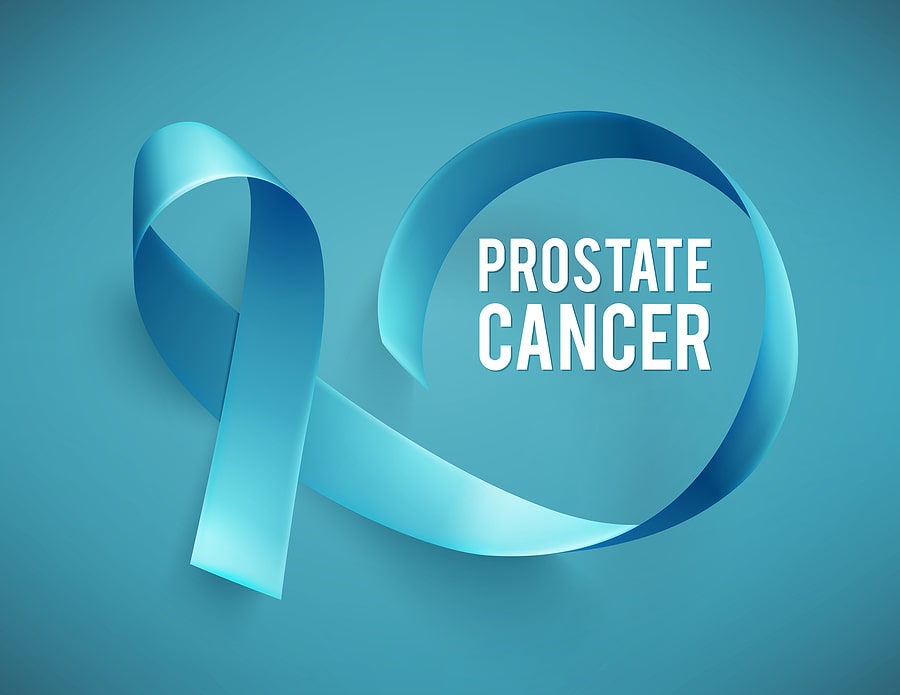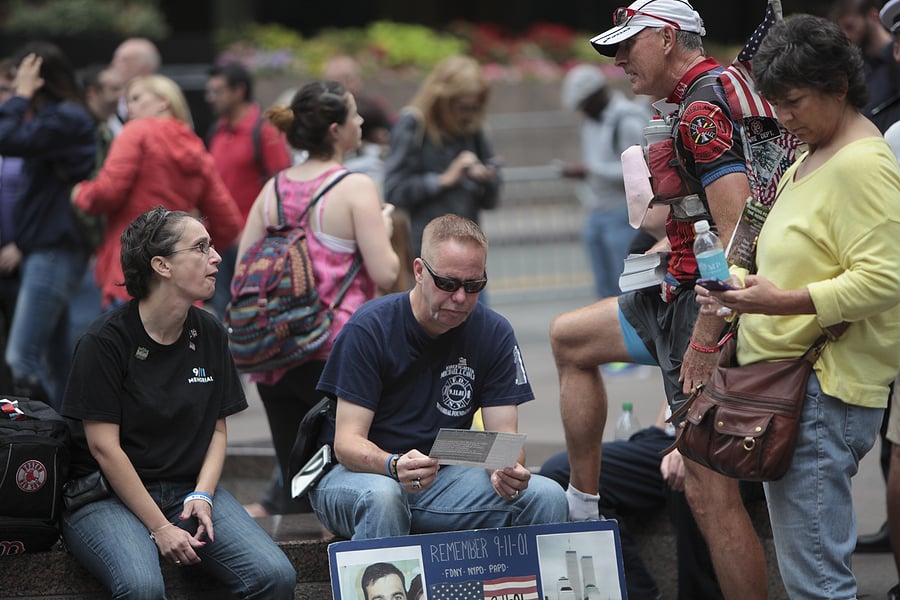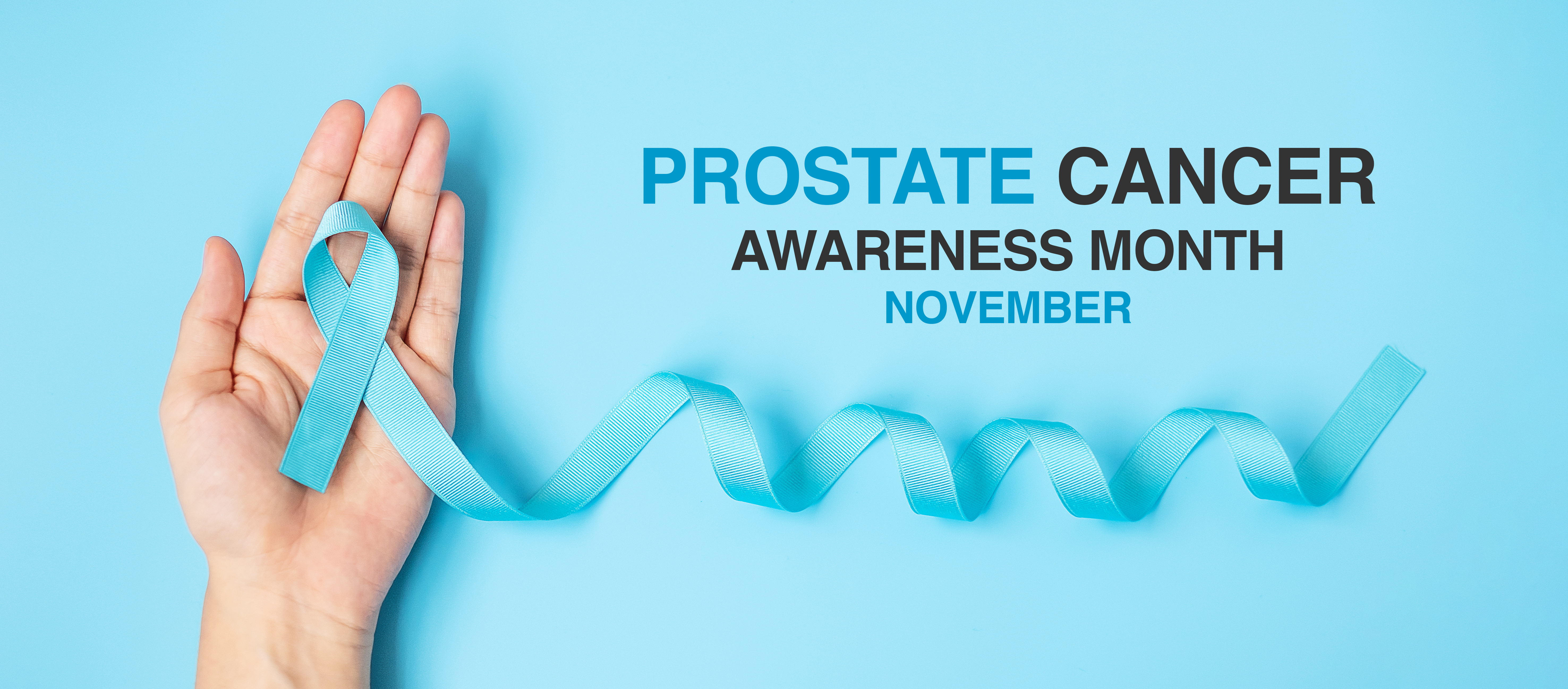Study Finds Prostate Cancer Occurred Early in WTC Responders

Do the cancers experienced by 9/11 responders and survivors present differently than in individuals who acquired the same cancer through a different cause? Study Finds Prostate Cancer Occurred Early in WTC Responders.
Researchers studying 9/11-related prostate cancer have found not only an increased risk of the condition among this group when compared to the general population, but also that prostate cancer appeared in rescue and recovery workers at Ground Zero with a shorter latency period than usual.
Were you diagnosed with prostate cancer? Were you a rescue or recovery worker or a survivor of the terrorist attacks in New York City, at the Pentagon, and in Shanksville, PA, on 9/11? If so, you can seek benefits including free healthcare and monitoring, as well as compensation for the income loss and pain and suffering associated with your injury through the WTC Health Program and the September 11th Victim Compensation Fund (VCF).
September 11th attorneys have obtained these needed benefits for rescuers and survivors since shortly after the attacks occurred. An experienced 9/11 attorney can file your claim.
What Is Prostate Cancer?
The prostate is a small gland that is part of the male reproductive system. It is tasked primarily with making semen, which is the substance that carries sperm. The gland sits below the bladder and in front of the rectum. Prostate cancer is a malignant tumor on the prostate. This tumor can result in difficulty passing urine or semen as the tumor causes the prostate to enlarge. Prostate cancer is the second-most common type of cancer in men, behind only skin cancer in its prevalence.
The symptoms of prostate cancer include:
- Trouble starting urination and a weak or interrupted urine stream.
- Having to urinate more frequently, particularly at night.
- Pain or burning during urination or the feeling that you have not completely emptied your bladder.
- Ongoing pain in the lower back, hips, or pelvis.
- Pain with ejaculation.
- The presence of blood in your urine or semen.
How Is Prostate Cancer Diagnosed?
There are two tests that doctors use to screen individuals for prostate cancer:
- Digital rectal exam, in which a doctor places gloved fingers inside the rectum to feel for an enlarged prostate.
- A prostate-specific antigen (PSA) blood test, where blood drawn from your arm is studied under a microscope to look for a prostate-specific antigen. While all men have levels of this antigen, it will be higher in men with prostate cancer.
How Is Prostate Cancer Treated?
Prostate cancer is often slow-growing, which means that men with the disease do not always receive prompt treatment. Instead, their doctor will monitor their PSA levels and begin treatments when those levels begin to climb. It is important to note that an elevated PSA level does not always mean the patient has cancer, just as a normal PSA level does not always indicate that they do not.
Other treatment measures can include:
- Surgery to remove the prostate and nearby lymph nodes.
- Radiation therapy, which aims high-beam radiation at the tumor to shrink it and kill the cancer cells. New radiation therapies can involve the placement of radioactive seeds in proximity to the tumor, producing more efficient results while lowering the risk of side effects impacting the surrounding tissues.
- Hormone therapy, which is the most common method of treating prostate cancer. This therapy involves taking medication that will trick the body into not producing testosterone, the male hormone that may cause prostate tumors to grow.
- Chemotherapy, which is generally used on patients who can’t tolerate hormone therapy and have advanced cancer.
The Usual Latency Period for Prostate Cancer
The latency period refers to the time between exposure to a carcinogenic substance and the first appearance of symptoms relating to cancer. This is the reason why so many people exposed to the carcinogens (cancer-causing substances) found in the World Trade Center dust plum continue to receive new diagnoses twenty years after the fact.
In prostate cancer, the first noticeable symptoms generally do not appear until 10 to 20 years after exposure to a carcinogen. A combination of genetics, hormone levels, and diet may promote the disease. The carcinogen most commonly associated with the development of prostate cancer is cadmium, which is frequently used in batteries, coatings for electrical cables, and plastic stabilizers.
Cadmium was among a long list of known or suspected carcinogens that appeared in the dust plume at Ground Zero. Other carcinogens with a potential link to prostate cancer and were present in the WTC dust plume include asbestos, benzene, chromium, dioxins, and polychlorinated biphenyls.
How Soon After 9/11 Did Individuals Begin Being Diagnosed with Prostate Cancer?
Researchers from the Albert Einstein College of Medicine in the Bronx conducted the study after identifying 1,120 individuals later diagnosed with prostate cancer after working at Ground Zero and the landfill where World Trade Center debris went from September 11, 2001, to June 30, 2002. The age range of those who were studied was between 35 and 93 years old, with a mean age of 60.3 at the time of diagnosis.
The study revealed that individuals in the group began to receive prostate cancer diagnoses about five years after their exposure to 9/11 toxins. As noted by researchers, this was a significantly shorter latency period than cancer cancers not related to 9/11 toxic dust exposure.
Other highlights of the study include:
- Compared to WTC responders who do not have prostate cancer, the WTC responders in the study group who had been diagnosed with prostate cancer were significantly more likely to be non-Hispanic White or non-Hispanic Black. They were significantly less likely to be Hispanic.
- Significantly more men who had ever smoked were in the group of WTC responders with prostate cancer than those without this type of cancer.
- Even among responders who had not been diagnosed with prostate cancer, there was a high rate of at least one—and often multiple—malignancies in other parts of the body. Ninety-two of the individuals studied who had prostate cancer had other malignancies as well.
- There was a 24 percent increased risk of developing prostate cancer among men who were 9/11 responders when compared to the statewide rates of this disease.
- The rates of prostate cancer were highest among responders who had smoked, those who were among the first to arrive at the scene, and those who were caught in the dust plume.
Why Is This Research Important?
As the researchers noted, this study can:
- Assist health care workers and government authorities in preparing for similar disasters by understanding the consequences of extreme exposure to carcinogens on the human body.
- Help health providers evaluate and certify prostate cancer for eligibility in the WTC Health Program and VCF compensation by laying out the reduced latency period in responders and how this shortened latency period affects certification decisions.
The researchers note that their study could not determine:
- The extent to which diet or smoking history affected the risk of prostate cancer.
- The possible environmental exposures of individuals outside of 9/11.
- The study could not measure the impact of factors such as stress that could have created conditions ripe for cancer.
How Did Researchers Find Individuals for the Study?
To gather the information for their study, researchers used 13 state cancer registries, governmental agencies, and private organizations that studied the impacts of toxic exposure on 9/11 survivors and responders. They also used information from other studies and responder and survivor surveys conducted by the WTC Health Registry.
Is the WTC Health Registry Part of the WTC Health Program?
No. The WTC Health Registry was created in November 2001 by the New York City Health Department so that researchers, healthcare providers, and government officials could better understand the physical and mental health effects of exposure to the 9/11 toxic dust plume.
At the time, the health department estimated that over 500,000 people qualified to participate in the registry, including:
- 360,000 building occupants and others in the area.
- 91,000 rescue and recovery workers and volunteers.
- 57,000 residents south of Canal Street.
- 15,000 children and staff members of schools and daycares located south of Canal Street.
After receiving an overwhelming response to their initial WTC Health Registry survey, the health department conducted several subsequent surveys. Researchers then looked at survey responses over time to obtain a clearer picture of the long-term health impacts of 9/11 toxic dust exposure.
About the Federal 9/11 Benefits Programs
In 2011, President Barack Obama signed into law the James Zadroga 9/11 Health and Compensation Act.
This act created two federally funded benefits programs for survivors and responders of 9/11:
- The WTC Health Program provides medical treatment and monitoring to survivors and responders of the 9/11 terrorist attacks who meet certain eligibility criteria. Participants receive these services for free, provided they use the program’s affiliated healthcare facilities and pharmacies. The program also certifies medical conditions the VCF can use to verify a claimant’s compensation eligibility.
- The September 11 Victim Compensation Fund (VCF), which provides compensation for individuals who were diagnosed with a 9/11-related medical condition, or the family members of individuals who died from one of these conditions.
See if you qualiy today!



